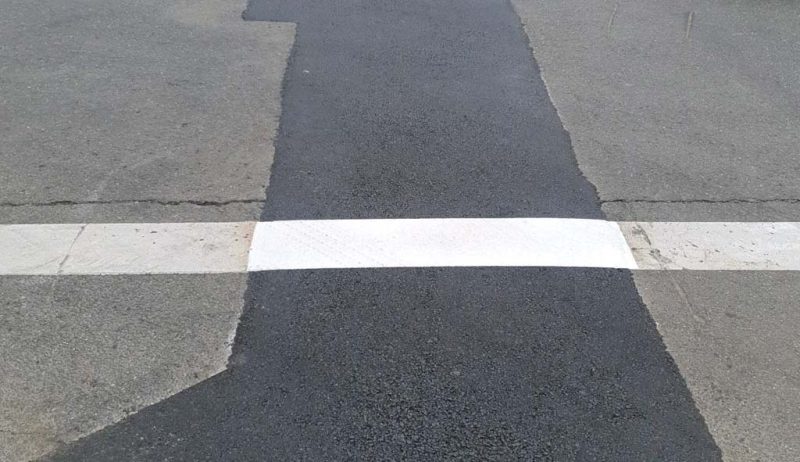Dust Control and Road Stabilisation: Rejuvenation Methods for Non-Sealed Roads
08 April 2024
Discover various rejuvenation methods by Capital Industry Group for non-sealed roads. Assure effective dust control and road stabilisation to ensure safety.
Rejuvenation methods are necessary for non-sealed roads to make sure they remain safe, functional, and environmentally compliant. Non-sealed roads are significant in Australia’s transport network, especially in rural and remote areas. They can, however, present significant challenges in terms of maintenance, dust control, and stability. Fortunately, a wide range of rejuvenation techniques in dust control and road stabilisation can be done for non-sealed roads.
Challenges for Non-sealed Roads
Dust and instability on non-sealed roads can lead to reduced visibility, vehicle damage, and adverse health effects for nearby residents due to airborne particles. Moreover, these conditions can exacerbate soil erosion and environmental degradation, complicating maintenance efforts and increasing costs.
Dust control entails not only suppressing particles but also creating a safer environment for road users and local communities. Effective dust control methods reduce the need for frequent maintenance, prolong the lifespan of the road, and mitigate environmental impact. Alternatively, stabilising non-sealed roads involves enhancing the road base’s strength and durability. This process helps to prevent erosion, improve load-bearing capacity, and maintain the road’s surface integrity over time.
Rejuvenating Non-sealed Roads
Capital Industry Group offers rejuvenation services for non-sealed roads. We can carry out the following rejuvenation methods to ensure the functionality and safety of these roads.
• Binder Application: Binders such as magnesium chloride, calcium chloride, and organic polymers can be applied to non-sealed roads to attract moisture from the air, which helps bind dust particles together and keep them on the road surface. These treatments can be cost-effective and easy to apply, offering temporary relief from dust problems.
• Mechanical Stabilisation: Mechanical stabilisation involves physically altering the road’s structure to improve its stability. It can include mixing different soil types or adding aggregates to enhance the road base’s cohesion and bearing capacity. Compaction techniques are also used to increase the density of the road material, reducing susceptibility to erosion and wear.
• Chemical Stabilisation: Chemical stabilisers, such as cement, lime, or bitumen emulsions, can be mixed with the road material to enhance its properties. These treatments can significantly increase the road’s load-bearing capacity and resistance to water erosion, which makes them ideal for roads subject to heavy use or extreme weather conditions.
Implement a Holistic Approach
Effective rejuvenation of non-sealed roads requires a holistic approach that considers the specific conditions and requirements of each road.
For instance, regular inspections must be conducted to identify areas that need maintenance or treatment. Choosing the most appropriate dust control and stabilisation methods based on the road’s usage, climate, and environmental considerations must also be done. Another thing that can be done is to ensure all treatments and techniques comply with environmental regulations to protect local ecosystems and waterways. Lastly, engaging with local communities is necessary to understand their needs and address concerns related to road conditions and dust control.
Rejuvenating non-sealed roads through effective dust control and road stabilisation techniques is essential for maintaining safe, functional, and environmentally responsible road networks. Hire Capital Industry Group today to significantly improve the condition and longevity of these vital pathways, enhancing accessibility and quality of life for all Australians.
Optimized by: Netwizard SEO

